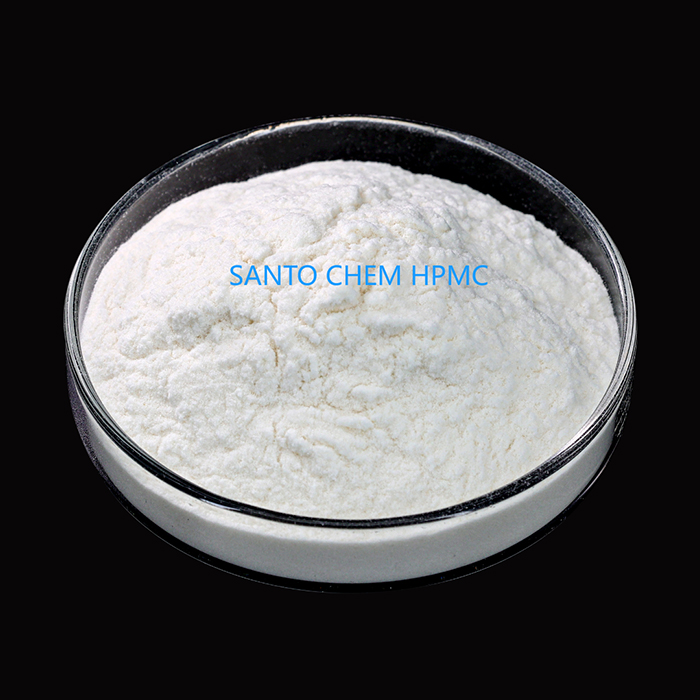
Privacy statement: Your privacy is very important to Us. Our company promises not to disclose your personal information to any external company with out your explicit permission.
 Basic Concepts and Classification of Cellulose Ether
Basic Concepts and Classification of Cellulose Ether
1. basic concepts of cellulose ether
In dry mortar, the addition of cellulose ether is very low, but it can significantly improve the performance of wet mortar, which is a major additive that affects the performance of mortar construction. Main additives include HPMC, MHEC, RDP, HPS, PVA etc.
The cellulose ether is mainly made of natural fiber, and is processed by alkali dissolution, graft reaction(etherification), water washing, drying, grinding and so on. As the main raw material, natural fiber can be divided into cotton fiber, cedar fiber, beech fiber and etc.
Their degree of polymerization will affect the final viscosity of their products. At present, the main cellulose manufacturers all use cotton fiber(the by-product of nitrocellulose) as the main raw material.
Cellulose ether can be classified into ionic and nonionic types. The ionic type mainly includes carboxymethyl cellulose salt, and the nonionic type mainly includes methylcellulose, methyl hydroxyethyl (propyl) cellulose, Hydroxyethyl Cellulose and so on.
2. the classification of cellulose ether
In dry mortar, since ionic cellulose (carboxymethyl cellulose salt) is unstable in the presence of calcium ions, it is rarely used in dry powder products in which cement, slaked lime used as a cement material. In some places of China, some indoor putty that made of modified starch as the main cementing material and double flying powder as a filler, carboxymethyl cellulose salt is used as thickener.
This product is prone to mildew and is not resistant to water, so it is now being phased out. Hydroxyethyl cellulose is also used in some dry powder products, but it has a very small market share, and will not be described in detail here. Now, the cellulose ether used in dry mortar are mainly methyl hydroxyethyl cellulose ether(MHEC) and methyl Hydroxypropyl Cellulose ether(MHPC), which account for more than 90% of the market share, and the proportion of real methyl cellulose ether is very low. The article refers to methyl cellulose ether, mainly about MHEC and HPMC.
Water retention is an important property of methyl cellulose ether, and it is also a concern of many domestic dry powder manufacturers, especially those in the south area with high temperature. Factors that affects the water retention effect of the mortar include the amount of HPMC, the viscosity of HPMC, the fineness of the particles, and the temperature of the environment in which it is used.
1. Effect of added amount on water retention
The water retention capacity of the mortar increases with the addition of methyl cellulose ether.
2. Effect of viscosity on water retention
The water retention effect of HPMC improved with the increase of viscosity.
3. Effect of fineness on water retention
The water retention performance of HPMC is also related to the fineness of the particles. Generally speaking, the water retention performance of good fineness of HPMC is better than the coarse HPMC.
4. Effect of temperature on water retention
The water retention of HPMC is also related to the temperature. The water retention of methyl cellulose ether decreases with the increase of temperature.
However, in practical material applications, mortars are often applied to hot substrates at high temperatures(above 40℃), such as exterior putty plastering in the sun during summer, which often accelerates the curing and hardening of the concrete. The decrease of water retention rate has led to a significant influence for both workability and crack resistance, so reducing temperature factors under such conditions becomes particularly critical. The above environment forces mortar formulators to make special compensation and make many important changes in seasonal formulations. Although methyl hydroxyethyl cellulose additives are currently considered to be at the forefront of technological development, their dependence on temperature still results in a decrease in mortar performance. Despite increasing the amount of methyl hydroxyethyl cellulose(summer formulation), workability and crack resistance are still not sufficient for use. By special treatment of MC, such as increasing the degree of etherification, it can maintain its better water retention effect at higher temperatures, and it can provide better performance under harsh conditions.
Except additives for dry mix mortar, Santochem also have business in the area of Concrete Admixtures, food and pharm, daily use that includes Water Reducer, Hydroxyethyl Cellulose, Sodium Carboxymethyl Cellulose.
LET'S GET IN TOUCH

Privacy statement: Your privacy is very important to Us. Our company promises not to disclose your personal information to any external company with out your explicit permission.

Fill in more information so that we can get in touch with you faster
Privacy statement: Your privacy is very important to Us. Our company promises not to disclose your personal information to any external company with out your explicit permission.